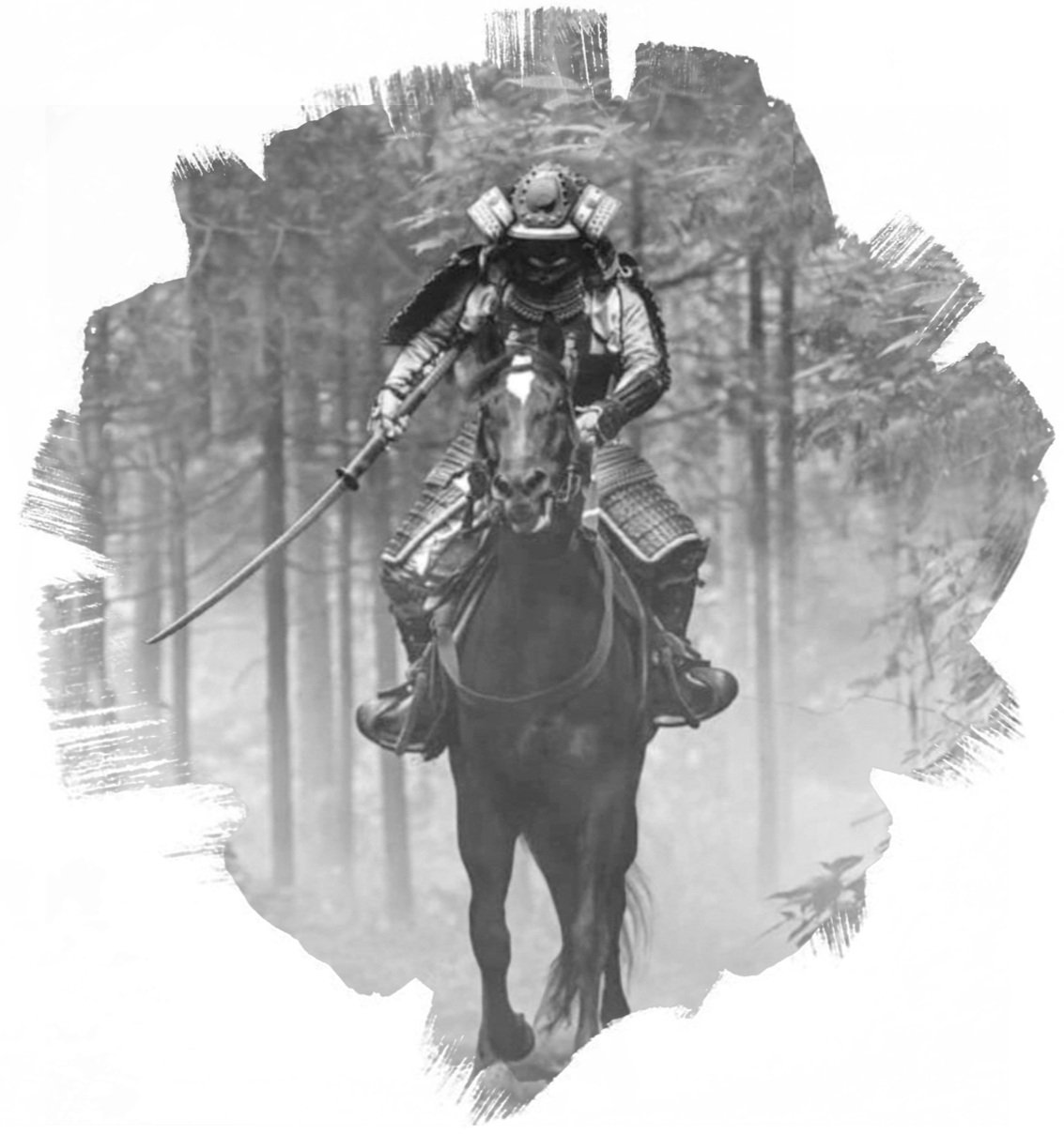A warrior must master both combat and restraint. Jiu Jitsu teaches how to control and subdue an opponent without harming them.
The History of Jiu Jitsu
The Samurai
The Way of the Samurai, or Bushido, was closely tied to the practice of Jiu Jitsu. Jiu Jitsu techniques were one of the many martial arts that Samurai warriors were trained in, and was known as an essential tool for self-defense and combat. Jiu Jitsu training also embodied the principles of Bushido, such as discipline, respect, and humility. Through the practice of Jiu Jitsu, Samurai were not only taught how to fight but also how to cultivate their minds and bodies to become better warriors and better individuals. The physical and mental discipline required for Jiu Jitsu training was seen as an integral part of living according to the principles of Bushido.
Origins
Jiu Jitsu is regarded as one of the earliest forms of martial arts, with its origins traced back to India where it was created by Buddhist monks. The monks understood the importance of balance and leverage and devised movements that allowed them to defend themselves against larger, stronger opponents. Jiu Jitsu then made its way to China, and eventually to Japan.
Philosophy of Jiu Jitsu
Beyond just a martial art, it is a way of life. The philosophy of Jiu Jitsu is based on efficiency, practicality, leverage, effectiveness, and evolution. It is a system of self-defense that requires both mental and physical discipline.
In Japan, Jiu Jitsu became an essential part of the Samurai's training. The Samurai, skilled warriors who understood the importance of hand-to-hand combat in close-quarters situations. If they ever found themselves in a situation where their Katana fell, they would use Jiu Jitsu.
These techniques allowed them to use their opponent's strength and energy against them, using leverage, joint locks, throws, and strikes to gain victory.
Lineage
The lineage of modern day Brazilian Jiu Jitsu can be traced back to Japan and Mitsuyo Maeda, a Japanese Judoka and member of the Kodokan. Maeda traveled to Brazil in 1914 and began teaching Judo to members of the local community, including Carlos & Helio Gracie.
Gracie adapted the techniques he learned to create Brazilian Jiu Jitsu, which he and his family went on to develop and spread throughout the world. The Gracie family continued to refine and evolve the art, developing new techniques and training methods that emphasized leverage and technique over brute strength.
Today, Jiu Jitsu is a widely practiced martial art and continuously evolving combat sport, with many students around the world who trace their lineage back to Mitsuyo Maeda and the Gracie family.
Jiu Jitsu Today
Jiu Jitsu has come a long way since its origins. It is one of the fastest-growing martial arts in the world, and it is a fundamental key in the arsenal of any combat sports athlete. Jiu Jitsu is a comprehensive self-defense system for law enforcement worldwide, and a growing form of exercise and stress management for people of all ages and abilities.
As Jiu Jitsu has grown in popularity, so has the development of new techniques and strategies. Competitions are now held worldwide, with athletes from all over the world competing for titles and recognition.
The Journey of a Jiu Jitsu
Practitioner
The journey of a Jiu Jitsu practitioner is a profound one which goes beyond mastering techniques and becoming a better athlete. It is a transformative journey of self-discovery, personal growth, and lifelong learning. Through the discipline of regular training, students develop the skills and techniques necessary to achieve mastery of the art. They will learn to adapt and refine their techniques through working with training partners of varying skill levels, which will challenge them to develop greater adaptability, situational awareness, and problem-solving skills.
Jiu Jitsu also offers a wealth of competitive possibilities for practitioners, providing opportunities to test their skills against other athletes in a supportive and competitive environment. This competitive experience helps to build resilience, confidence, and sportsmanship, all of which can translate into other areas of a practitioner's life.
Jiu Jitsu like any other martial art is a lifelong learning experience that continues beyond competition, with new techniques, strategies, and insights always available to those who seek them.
This is a journey of self-discovery and personal growth, a path towards greater physical, mental, and emotional mastery. Through the training, the challenge of competition, and the lifelong pursuit of knowledge, students can achieve things beyond physical excellence.
They can achieve a deeper sense of meaning, fulfillment and purpose to their lives.



